
New Moon magick is dedicated to new beginnings and projects, feeling your personal strength, gaining inspiration, and honoring your intuition. It is the moon of the Maiden Goddess. With tonight's new moon, this is the perfect time to perform a brief ritual to harness this moon's powerful magick.
What you'll need:
a sheet of white paper, ink
dried herbs for grinding: verbena, vervain, mugwort, rue, clove, hyacinth, bay leaf
rose essential oil
a white candle
a safe, heat-proof surface to work on
a small square of white cloth, big enough to hold the herbs
a small length of white ribbon
Take the sheet of paper and write down what it is your heart desires to achieve. In a small bowl grind together one teaspoon each of dried verbena, vervain, mugwort, rue, clove, hyacinth and a bay leaf. Add a few drops of essential rose oil and mix well. Place this bowl on your altar along with a white pillar candle.
Invoke the maiden goddess Diana (or any other maiden goddess that you've chosen to work with) and ask that she strengthen you and free you to live the life you want to live, to be the person you wish to be. You want to invite into your circle not only a young goddess, but one with a great deal of personal power, one who isn't at all timid about success. Place the herbs in the middle of the cloth and tie the bundle with the ribbon while chanting:
"Lady of the dark moon,
Strengthen me and free me.
Grant me the courage
To Fear not, to be me."
Hold your newly made amulet to your heart. Burn the paper in the candle. Give thanks to the goddess for aiding you in starting your new project, new life, new behavior, et al.
Photo of Diana courtesy of Bulfinch's Mythology.
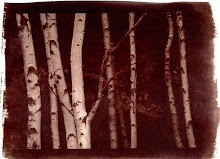








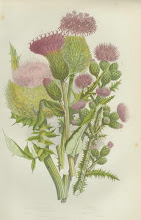
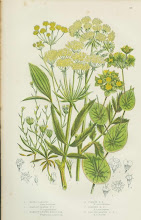
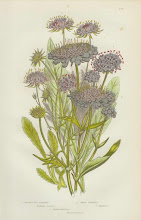
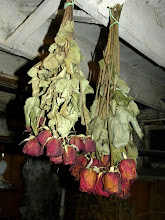
4 comments:
http://venusianair.blogspot.com/2010/11/its-magic_05.html
thank you for sharing this.
pardon my ignorance but i have a question: what's the difference between vervain and verbena? when i order verbena (i used mountain rose herbs), it lists it as vervain so i always thought they were the same plant...?
They ARE basically the same plant, but I listed it under both names as some people only know it by one name or the other. They all are grouped within the same family in the genus verbenaceae with those varieties from the "New World" (from Canada down to South America) known as Verbena(s) and those from the "Old World" (mainly Europe) called, among other names, Common Vervain(s).
That's fascinating! I wasn't aware of the distinction between the Old and New world classifications. Thanks!
Post a Comment